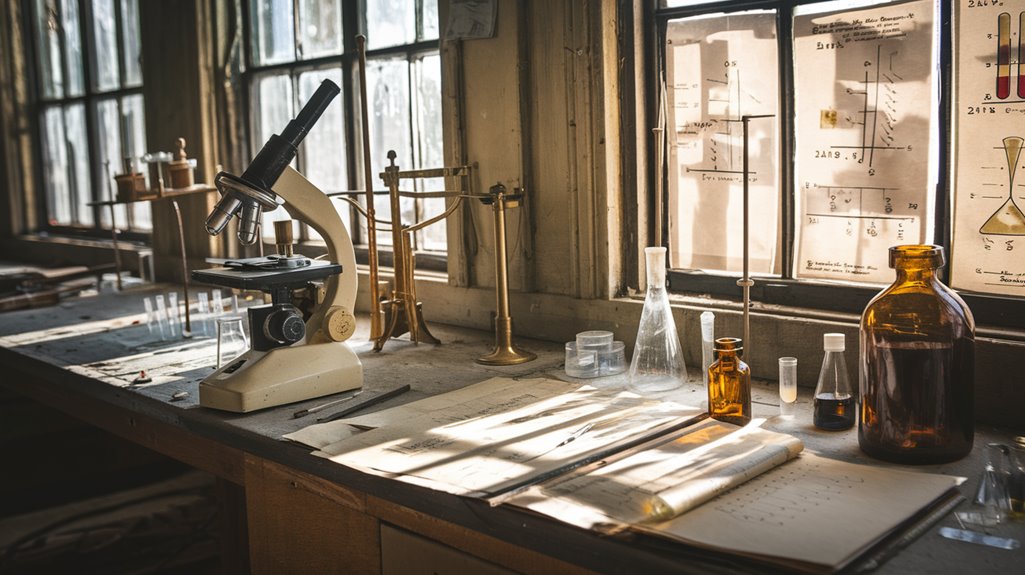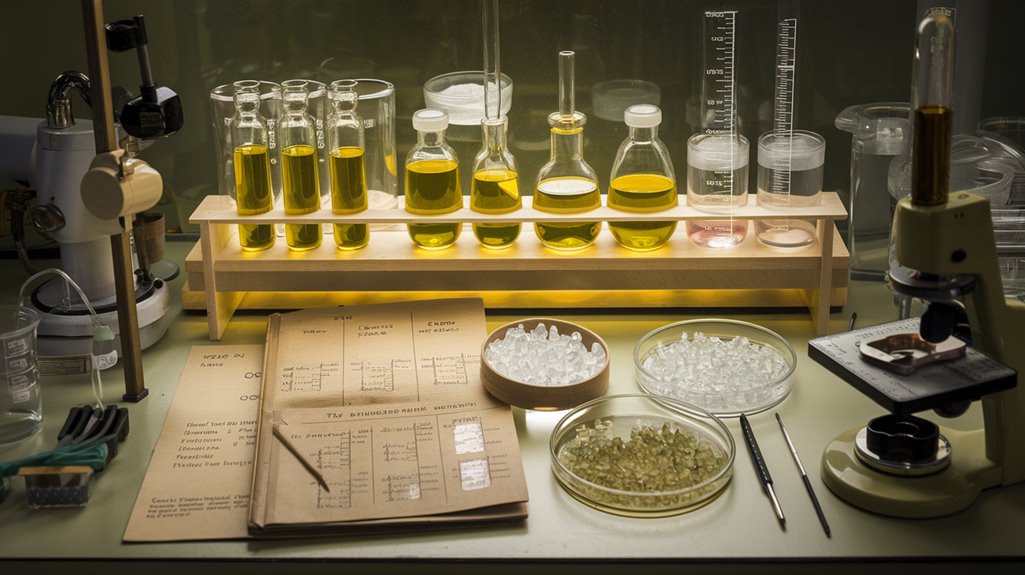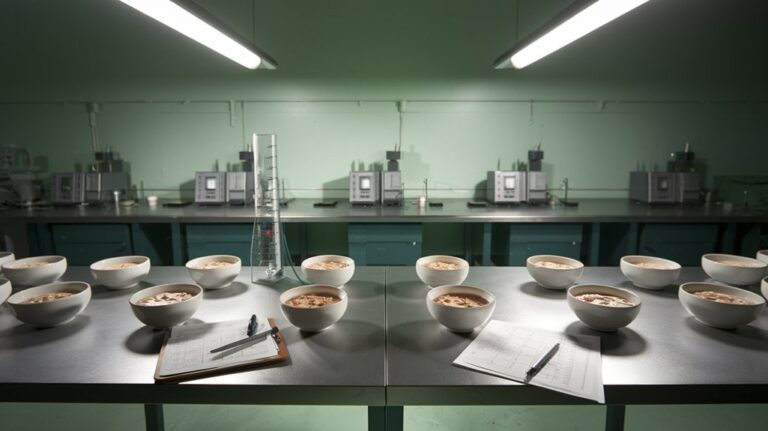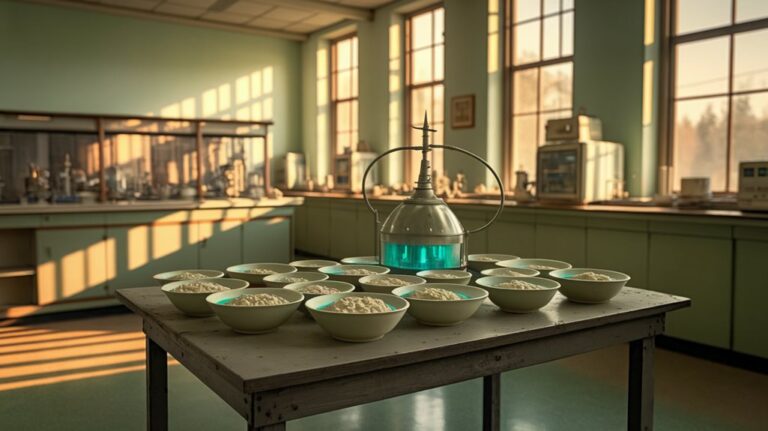From Poison Gas to Chemo: How Warfare Led to Cancer Treatment
You've probably heard the saying that necessity is the mother of invention, but sometimes life-saving discoveries emerge from humanity's darkest moments. When soldiers in World War I choked on clouds of mustard gas, no one could have predicted that this weapon would later become a cornerstone of cancer treatment. It's a remarkable twist of fate that's transformed one of warfare's deadliest tools into medicine's most powerful weapon against cancer.
The Deadly Legacy of Mustard Gas in WWI
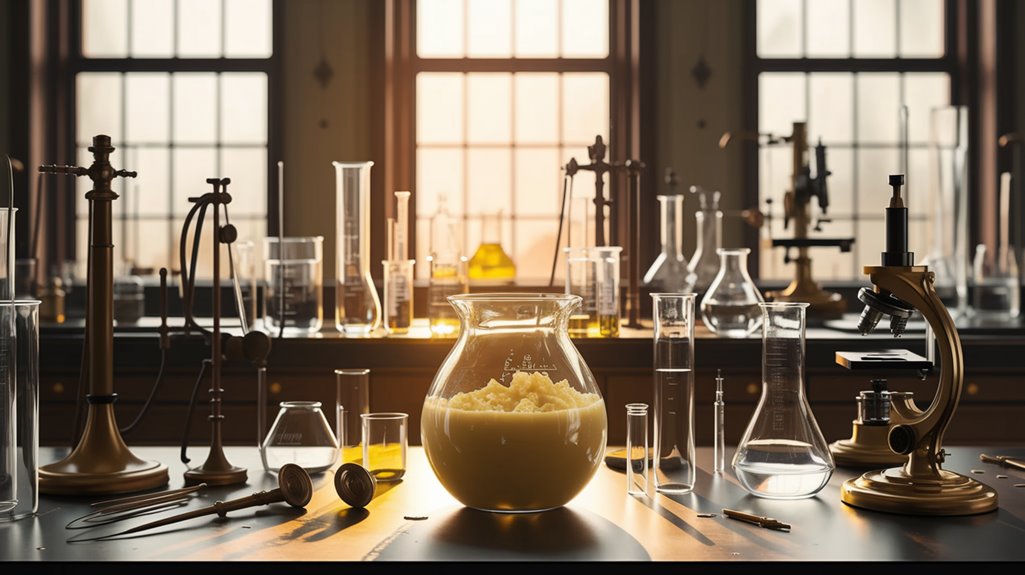
Three key characteristics made mustard gas one of WWI's most devastating chemical weapons: its delayed effects, persistence in the environment, and ability to penetrate protective gear. You wouldn't know you'd been exposed until hours later, when blisters began forming on your skin and your lungs started burning.
While this chemical warfare agent only killed 2-3% of its victims, it left survivors with devastating long-term consequences. The mutagenic effects would surface months or years after exposure, leading to various cancers and chronic respiratory diseases. Medical researchers later discovered that its ability to destroy lymphatic tissue could be harnessed to fight cancer.
Initially developed under Germany's Green Cross program, these shells would become one of the deadliest innovations of the war. During WWI, you'd find soldiers struggling with painful yellow-fluid-filled blisters and severe eye damage. Even worse, the gas would settle in trenches and low-lying areas, making battlefields deadly long after initial deployment.
Hot, humid conditions amplified its skin-penetrating power, creating an even more formidable threat.
An Unexpected Medical Discovery
In a remarkable twist of fate, one of WWI's deadliest weapons would become medicine's greatest hope for cancer patients. While mustard gas's devastating effects on soldiers raised serious medical ethics concerns, researchers at Yale University discovered unexpected benefits in its ability to destroy rapidly dividing cells.
You might be surprised to learn that this breakthrough came when Louis Goodman and Andrew Gilman studied WWI medical files and noticed how mustard gas destroyed white blood cells. Their research led to the development of nitrogen mustard, the first chemotherapy drug. Like modern military medical advances that have led to vaccine development since the 1960s, this wartime discovery had far-reaching implications for civilian healthcare.
In 1942, they administered it to a patient called J.D., who experienced temporary remission from his lymphoma. Though J.D. ultimately passed away, his treatment marked the birth of modern chemotherapy, paving the way for over 100 cancer-fighting drugs used today. Within days of receiving the treatment, J.D. showed dramatic improvement, with reduced pain and shrinking lymph nodes.
Early Secret Trials and Military Research
While wartime secrecy shrouded the first chemotherapy trials, Yale researchers quietly conducted groundbreaking experiments in 1942. You might be surprised to learn that their first patient, J.D., saw his lymphosarcoma tumors disappear after just 10 doses of nitrogen mustard.
However, the military's tight control meant these remarkable results stayed hidden until 1946. During the Bari Incident in 1943, sailors exposed to mustard gas from a bombed Liberty ship showed symptoms that led to drastic blood changes.
The ethical implications of using a warfare agent for medical treatment sparked intense debate. Dr. Sidney Farber's research with aminopterin treatment proved groundbreaking in achieving remissions for children with acute leukemia. You can trace chemotherapy's origins to World War I, where scientists observed how mustard gas destroyed white blood cells in exposed soldiers.
This devastating effect led researchers to contemplate its potential against cancer cells. Military secrecy initially hindered the sharing of this medical breakthrough, but once revealed, it revolutionized cancer treatment and launched the development of modern chemotherapy drugs.
The Birth of Modern Cancer Treatment
Modern cancer treatment emerged from an unlikely source when researchers turned the devastating effects of mustard gas into groundbreaking medical therapy.
After observing how mustard gas affected bone marrow cells in World War I naval personnel, scientists developed nitrogen mustard as the first chemotherapy drug in 1942.
This discovery sparked a wave of chemotherapy innovations throughout the following decades.
You'll find that the 1950s and 1960s marked significant cancer breakthroughs, with methotrexate becoming the first cure for metastatic cancer in 1956.
By the mid-1960s, doctors were successfully using combination therapies like MOPP to treat advanced Hodgkin's lymphoma.
The 1970s brought even more progress when combination regimens proved effective against various cancers, establishing chemotherapy as a cornerstone of modern cancer treatment.
This evolution in cancer treatment continued into the 1990s, when scientists made crucial discoveries about immune checkpoint receptors, opening new pathways for cancer immunotherapy.
Transforming Warfare Agents Into Life-Saving Drugs
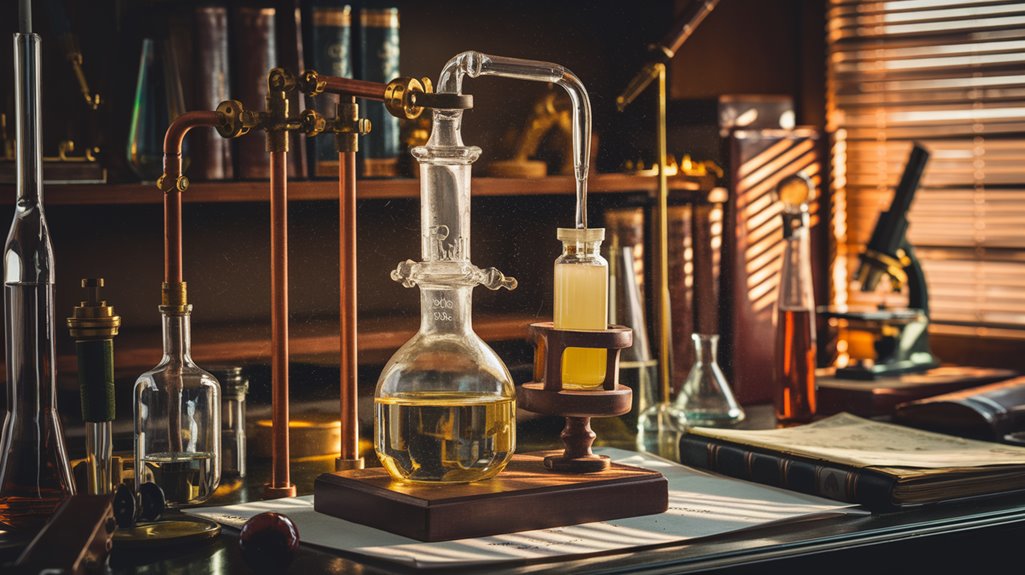
The transformation of mustard gas from a deadly weapon into a life-saving cancer treatment stands as one of medicine's most remarkable reversals. While the ethical implications of studying warfare agents might raise eyebrows, you can't deny the groundbreaking medical innovation that emerged from this dark chapter.
German chemist Fritz Haber originally developed mustard gas for warfare purposes before it was repurposed for medical use. When scientists noticed that mustard gas destroyed lymphatic tissue and suppressed white blood cell production, they recognized its potential against lymphoma and leukemia.
In 1942, researchers at Yale University conducted the first clinical trial using nitrogen mustard, a modified version of the gas. Their success sparked a revolution in cancer treatment, leading to the development of modern chemotherapy drugs called alkylating agents.
Today's cancer treatments, including targeted therapies and immunotherapies, can trace their roots to these initial discoveries.
Today's Chemical Fight Against Cancer
Since those early breakthroughs with nitrogen mustard, cancer treatment has evolved into a sophisticated arsenal of chemical weapons against malignant cells.
You'll find that today's treatments are far more precise, with targeted therapies that zero in on specific cancer types while sparing healthy tissue.
Modern chemotherapy has made remarkable strides in three key areas:
- Development of drugs that overcome drug resistance in cancer cells
- Creation of advanced delivery systems like liposomal therapy
- Introduction of specialized agents that reduce treatment side effects
You're now benefiting from decades of research that's transformed cancer care into a more scientific, evidence-based practice. The evolution from World War I's chemical warfare has led to treatments that work by alkylating DNA in rapidly dividing cancer cells.
Through clinical trials and continuous research, doctors can offer you increasingly effective treatments with fewer toxic effects than ever before.

